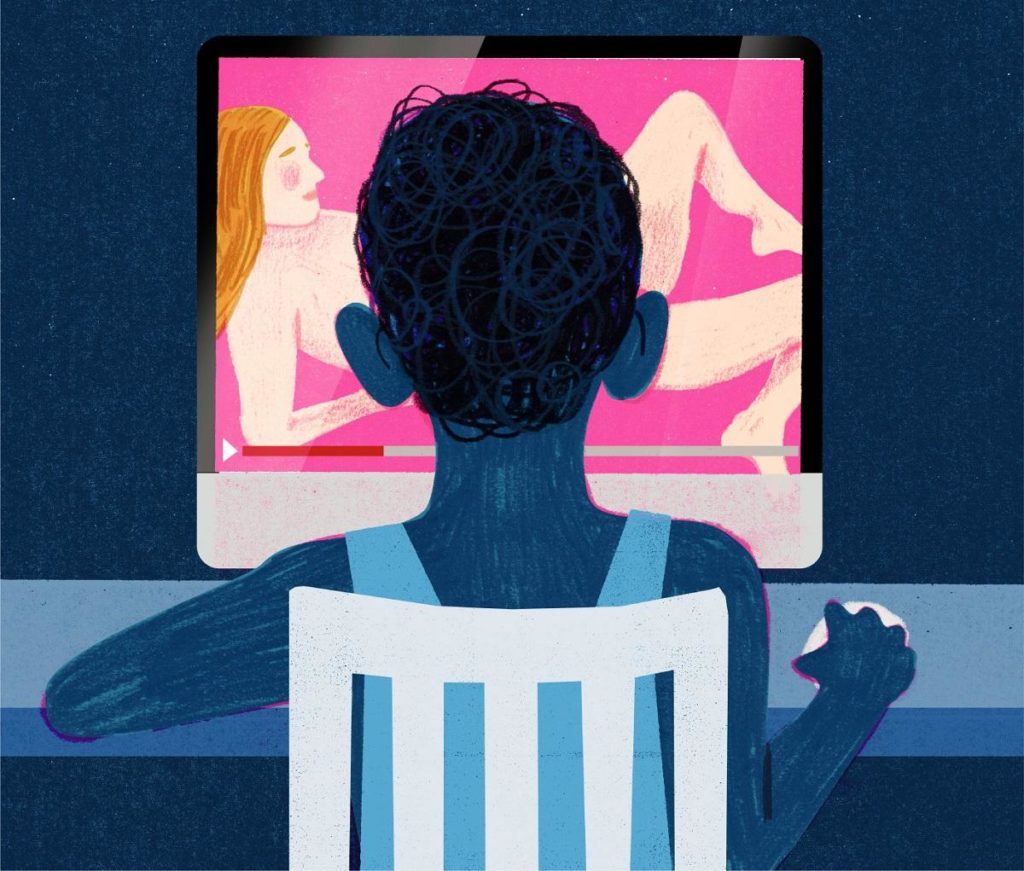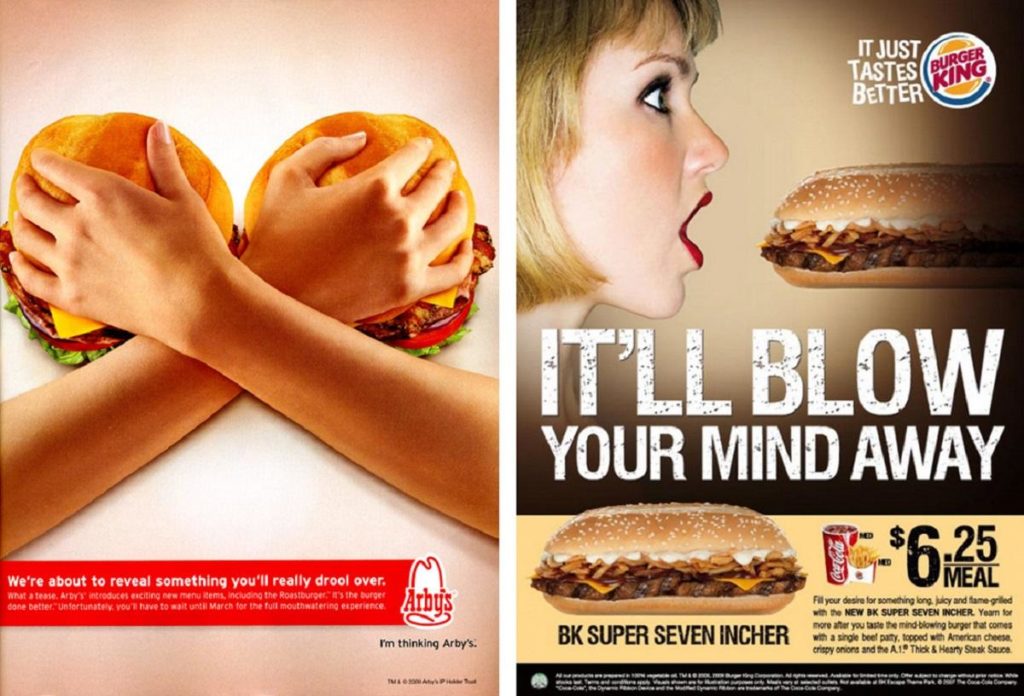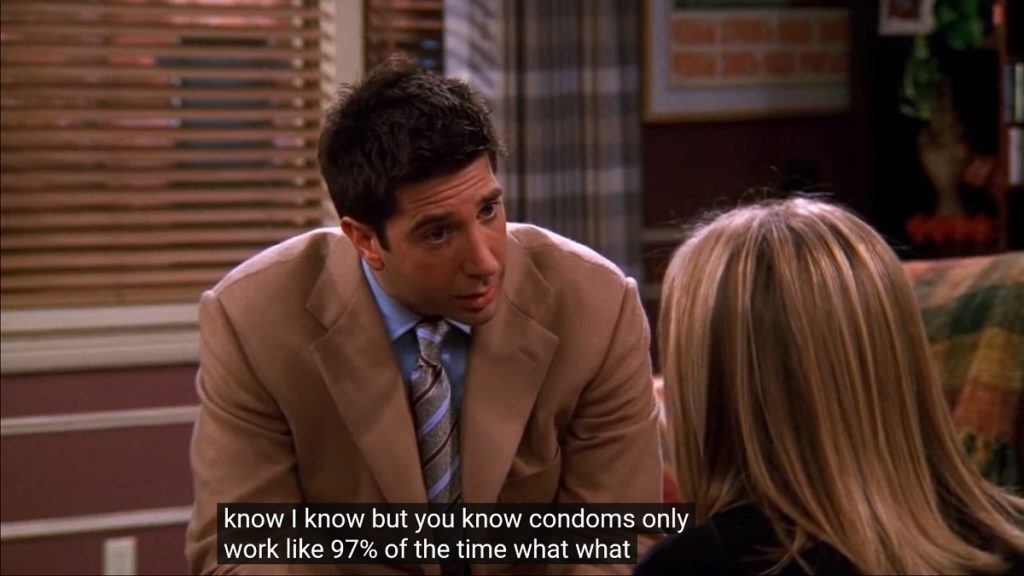Media Influences on Sex – Promises and Pitfalls
By – Avni
Worldwide, over 210 million people suffer from addiction to the internet and social media. Snacking on social media has often been blamed for tearing apart marriages and relationships. Sexologists claim attenuated emotional connection between couples as their nights are devoured by the internet. Social media has also been labelled as a ‘marriage minefield’ by many who counsel those facing trouble in their sex lives.
Media, ‘the fourth estate’, comes with baggage – constant conflict between freedom of expression and prohibition of inappropriate. It comes with information and misinformation, advantages and disadvantages, solutions and challenges.

TEENS & TELEVISION
India has the largest adolescent population – 243 million teenagers – with more than 50% of them living in urban areas. In a study involving graduate-level students, it was found that 88% males and 58% females failed to receive any form of sexual education from their parents. Due to the lack of awareness, the country holds a large population dealing with confusion toward sex and sexual information. Many tend to rely on shady sources such as peers and electronic media in absence of parental guidance.
Those exposed to sexual content on the internet are more likely to initiate early or premarital sex in their lives. Teenagers tend to mold their beliefs and behaviours as set by the media – they begin to think less of themselves, display increased frustration and low self-esteem. Verbal as well as visual depiction of sexual acts have been found to impose identical footprint on teens.

SOCIAL MEDIA & SEXUAL INNUENDOS
Platforms such as Facebook, Instagram, Snapchat, and YouTube, are open to use for children as young as 13 years. Social media has dug a way such that it now has the power to influence all aspects of our lives – even sex lives. Studies claim that almost half the youth has been exposed to high amounts of sexual content like kissing, fondling, and having sex. At certain times, teenagers are exposed to explicit graphic images promoting life-threatening sexual acts under hashtags #chokingkink #breathplay #strangle. Predators slide into DMs asking for “sexy pictures” in exchange of money.
Girls as young as 10 years were found to be using code words for sexual conversations, which had been extracted from Nando’s menu. “Peri peri” means a well-endowed male, while “coleslaw” means a bit on the side! Emojis are used as sexual references – including eggplant, peach, hotdog, and water drips.
Teenagers rely on social media for sexual advice and set their expectations accordingly. Being easily accessible, the internet fills the void left by parents and schools Therefore, such youth commonly faces perplexity in differentiating fiction from the real.

MUSIC – Risky Revelation!
The year 2018 was gifted with the most successful rapper, Kanye West’s masterpiece “I Love It”. In the chorus of the song, Lil Pump haughtily says “You’re such a f*ckin’ hoe, I love it” and a verse simply claims how the singer is a “sick f”ck, who likes a quick f”ck”. The music video peaked to #1 on YouTube and the song reached #1 on platforms like Spotify and Apple Music. Such is the aura of acclaimed music in current times!
A study evaluated that more than 50 percent of R&B, rap, and pop music videos have mentions of some form of sexual imagery. Lyrics often comprise messages which objectify both genders, exhibit male domination over women, and indicate prejudice against persons based on gender, sexual orientation, race, and appearance.
Persons of all age groups have access to influential artists and their sexual references. This exposure may promote risky sexual behaviours – especially in sensitive groups like teenagers and those with household-issues. Eventually, it results in development of significant changes in behaviours and attitudes of the affected.

ADVERTISEMENTS – Sex Sells!
We are encircled by advertisements – on television, social media, radio, and print media. They are requisites for selling any product from cars to flights, and clothes to food. However, advertisements experience a truckload of sexual mentions which distracts one from the product.
Automobile companies are frequently seen to experiment with provoking campaigns – A Volkswagen car was advertised with no car in the picture, just a semi-naked woman standing in the window. Renault popularised a car with women involved in a pillow fight and a subtext “keeps you awake”. Ford Figo was advertised by women tied and gagged in the car trunk. KIA toyed with paedophilia during their ad campaign.
Shockingly, an organ donor foundation released an ad displaying a semi-naked woman with the title “Becoming a donor is probably your only chance to get inside her”. An anti-smoking poster made provocative oral-sex reference. A-list clothing brands often portray sexy advertisements – Dolce & Gabbana released an ad which represented a “gang-rape scene”, while a Calvin Klein billboard displayed an orgy.
Sexual desires of females are extensively illustrated as feed and their hunger is perceived as a beast to be mastered as ads often pose questions like “What satisfies a hungry woman?”. Selling food items is often muddled with sexual innuendos. Carl’s Jr released ads for burgers featuring Paris Hilton, with text “She’ll tell you size doesn’t matter. She’s lying.”
Advertisements are in reach of persons of all ages and on all kinds of platforms, and such provocative campaigns with stereotypes and sexual references may pose a challenge to those who are unable to process them in a mature manner.

Pleasant Per Contra!
Media which manages to present content about riddles and risks such as contraception, pregnancy, and STIs can however help to educate teens about the consequences of sex. This fosters healthy and stimulatory dialogues among peers and families.
Friends, the most popular show globally, has been viewed by millions of adolescents. An episode with discussions of condom effectiveness managed to influence a large audience, according to a RAND research. More than half the teens included in the survey were able to successfully recall condom failure rates.

Websites, organisations, and other platforms have taken up spreading awareness about sexual health using posters, stories, videos, seminars, Q&As, etc. The internet, thus, can be a positive source of information, especially for those who are not social and seek privacy. They may often feel like they fit in on coming across like-minded persons. People often use the internet to explore their sexuality by meeting others with similar sexual orientation, experimenting new technological innovations, and developing a sense of freedom. Gay community has found rather enhanced lives amidst the internet takeover. Online platforms have aided them to overcome the offline negligence and made them better acquainted with HIV prevention.
In the 21st century, it is almost impossible to dodge from technology, hence, it is crucial to pave our way out of the drawbacks it has on people. Parents must develop a habit to have “The Bees and the Birds” conversation with their children. Schools must carry out sexual education for adolescents as it is an age when they experience immense developmental changes in their physiology and behaviour. Parents should either co-view or set control on computers or phones. We must all make an attempt to become sound media consumers and communicators.
Author

